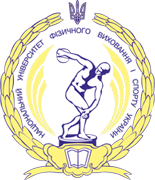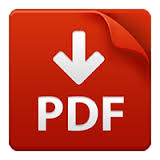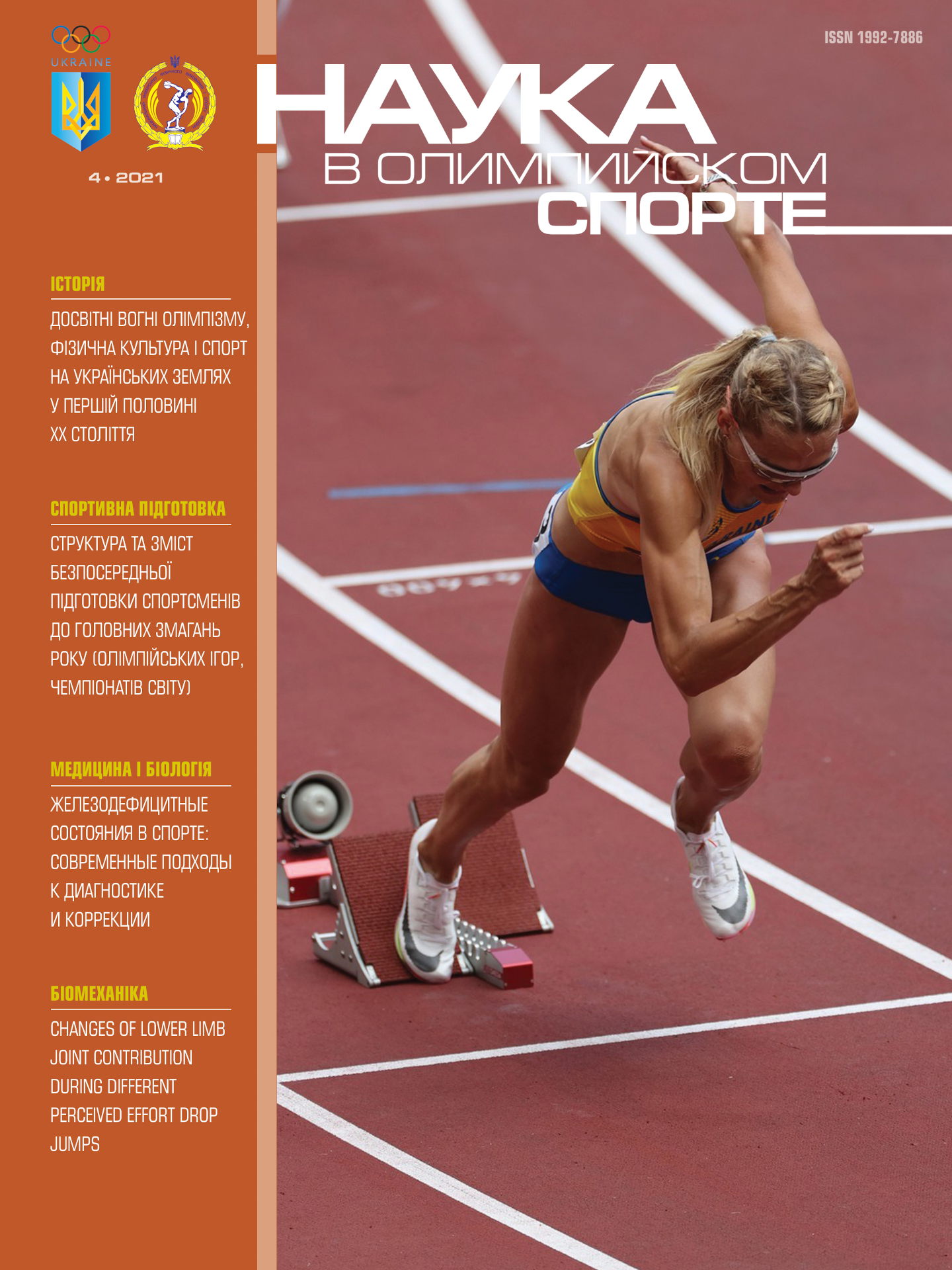Abstract:
The paper contains analysis of modern history of the spread of doping in Olympic sport, the IOC’s fight against this negative phenomenon and activities of the World Anti-Doping Agency (WADA) established in 1999 and designed to eradicate doping. It is shown that, despite ever-increasing financial and human resources along with expanded legal capabilities, intensive propaganda efforts, increased volume of testing, severe sanctions, support from reputable international organizations (UN, UNESCO, Council of Europe), the Agency's multi-year activities is not only brought the Olympic sport closer to solving the problem, but also dramatically aggravated and made it dangerous for the credibility and the well-being of the Olympic movement. It is not only and not so much about the competition in elite sport, which has dramatically increased recent years, and socio-political and commercial attractiveness of success at the Olympics, but about fundamentally misguided methodology underlying WADA’s activities, based on neglect of biological, medical and sports sciences’ achievements, and realities of modern elite sports, and drawn up on the ideas of lawyers, economists and “universal managers". The paper outlines in detail outcomes of WADA activities and anti-doping laboratories accredited by the Agency, which manifested themselves in many crisis phenomena moved far beyond the limits of the Olympic sport. Furthermore, the prospects of coming out of the grave crisis developed in this area are delineated.













